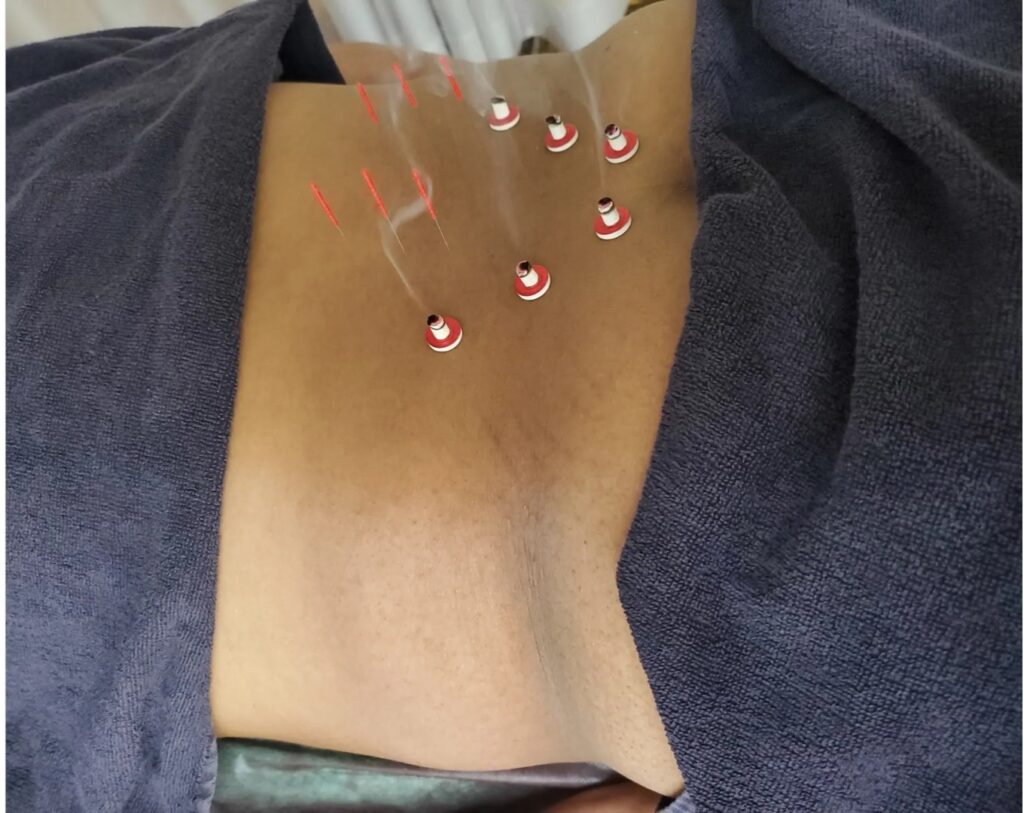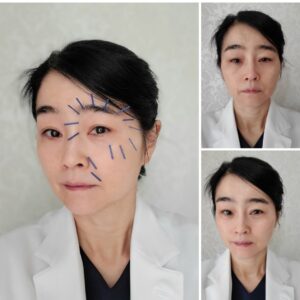すべり症 腰痛
Spondylolisthesis Slip, lower back pain
腰椎は第1腰椎から第5腰椎まであります。通常は簡単にずれませんが、椎間関節と呼ばれる背骨の関節が壊れてしまったり、椎間板の異常などで骨がずれてしまうことがあり、これをすべり症と呼びます。すべり症には、骨が後ろ側へずれてしまう後方すべりと、前にずれてしまう前方すべりがあります。ほとんどは前方すべりです。その原因によって、形成不全性すべり症、分離すべり症、変性すべり症、と大きく3つのタイプに分けられます。
形成不全性すべり症は、生まれつき脊椎の発育に問題があるために起こります。非常にまれなケースです。比較的若いうちから症状が出てくることがあります。分離すべり症は、分離症が原因でずれてしまうものです。分離すべり症は、椎弓の一部である上下の関節突起のちょうど間の部分が割れてしまい、連続性が絶たれて、椎弓と椎体、つまり背骨の後ろの部分と前の部分が離れ離れになった状態です。これにより、椎体がすべってしまうのが分離すべり症です。分離すべり症は、第5腰椎に多いのが特徴です。分離症自体は日本人の5~7%で、そのうちの一部がすべり症を発症するわけですが、横突起の大きさや靭帯の幅など、解剖学的な特徴によって、すべりやすい人とそうでない人がいます。変性すべり症は第4腰椎が多く、次に第5腰椎、第3腰椎に見られます。変性すべり症は最も頻度が高いと言われています。女性に多く、閉経後頃(50~60歳くらい)にかけて多く発症します。女性ホルモンの影響や、女性ホルモンの減少による骨粗しょ う症の進行によって、それまで支えられていた骨が支えられなくなって変性すべりが起こりやすくなるからだと言われています。変性すべり症の主な症状は、腰痛、下肢痛、下肢のしびれです。また、すべり方によって腰部脊柱管狭窄症と同じような状態になるので、歩行障害、足のしびれや冷感、違和感などさまざまな下肢の症状がでることがあります。座っている時など安静時にはあまり症状が出ずに、立ったり、動いたり、長時間歩いたりすることによって、腰痛や下肢痛、しびれが増強するのが特徴です。そして病気が進むと安静時でも痛く なるようになります。変性すべり症の起こる部位は、馬尾神経がまとまってある部分で、尿や便など排泄の機能を支配している神経も通っているため、膀胱直腸障害をきたすこともあります。また会陰部障害といって、股の付け根から陰部にかけての知覚障害やほてり感が出ることもあります。
The lumbar vertebrae range from the first to the fifth lumbar vertebrae. Normally, they do not shift easily, but sometimes the bones shift due to a breakdown of the joints in the spine called intervertebral joints or abnormalities in the intervertebral discs, etc. This is called a slipped vertebra. There are two types of slip: backward slip, in which the bone shifts backward, and forward slip, in which the bone shifts forward. Most cases are anterior slip. There are three main types of slip, depending on the cause: dysplastic dysplasia, isolated anteroposterior slip, and degenerative anteroposterior slip.
Aplastic slips are caused by problems in the development of the spine from birth. It is very rare. Symptoms may appear at a relatively young age. A spondylolisthesis is a misalignment caused by a spondylolisthesis. In spondylolisthesis, the part of the vertebral arch that is just between the upper and lower articular processes has split, breaking the continuity and separating the vertebral arch from the vertebral body, or the back and front parts of the spine. This causes the vertebrae to slip, which is known as spondylolisthesis. Spondylolisthesis is most common in the fifth lumbar vertebra. Although the separation itself accounts for 5 to 7% of all Japanese patients, some of them develop spondylolisthesis, some are more prone to slip than others, depending on anatomical characteristics such as the size of the transverse processes and the width of the ligaments. Degenerative slips are most common in the fourth lumbar vertebra, followed by the fifth and third lumbar vertebra. Degenerative slips are the most frequent. It is more common in women, and occurs more frequently around the time of menopause (around age 50-60). It is said that this is due to the influence of female hormones and the progression of osteoporosis caused by the decrease in female hormones, which makes it easier for the bones that used to support the body to lose their support and cause degenerative slip. The main symptoms of degenerative slips are back pain, leg pain, and numbness in the lower limbs. In addition, depending on the type of slip, the condition can be similar to lumbar spinal canal stenosis, resulting in various lower limb symptoms such as gait disturbance, numbness and coldness in the legs, and discomfort. Characteristically, the symptoms do not occur when the patient is at rest, such as when sitting, but back pain, leg pain, and numbness increase when the patient stands, moves, or walks for long periods of time. As the disease progresses, the patient may experience pain even at rest. Degenerative spondylolisthesis occurs in the area where the cauda equina nerves are grouped together, and because the nerves that control excretory functions such as urine and stool also pass through this area, bladder and rectal disorders may occur. In addition, perineal dysmenorrhea, a sensory disturbance and burning sensation from the base of the groin to the pubic area, may also occur.



